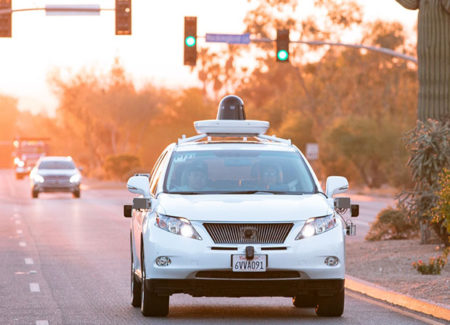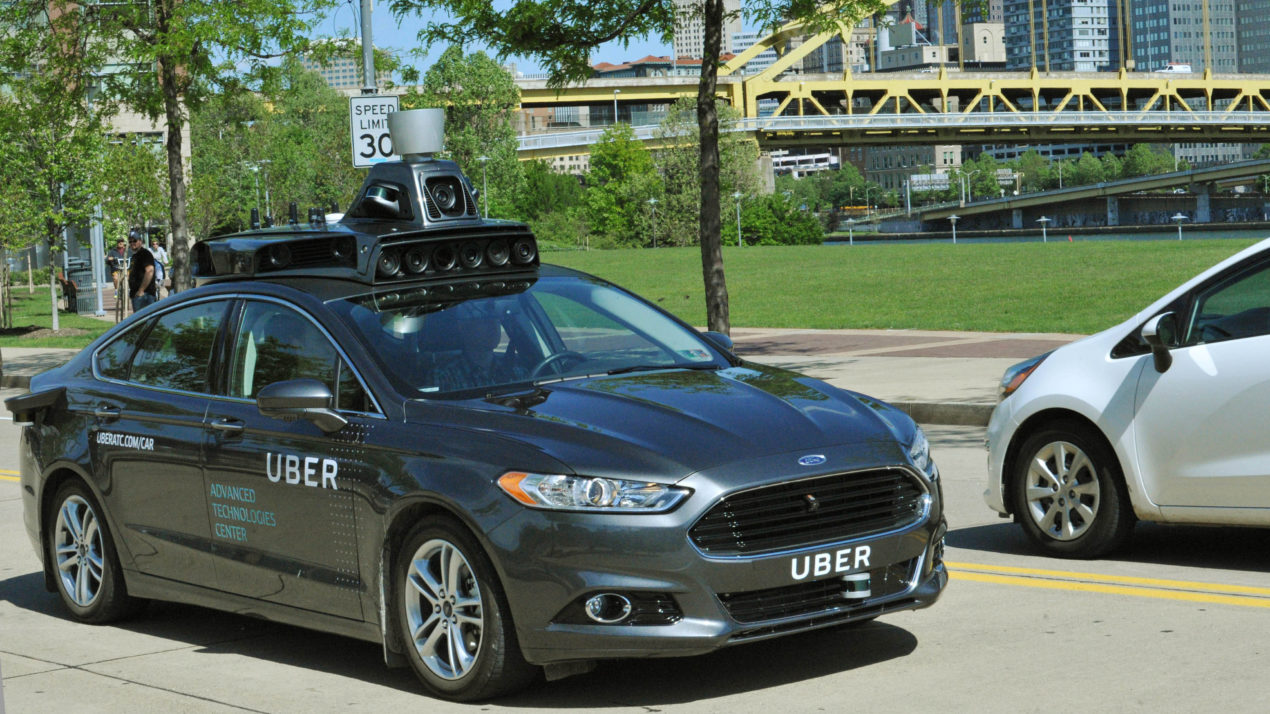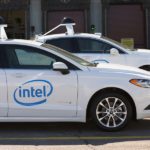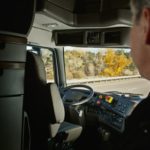
In a bold attempt to regain its place as a self-driving pioneer, California today proposed regulations that would make it one of the first places in the world where autonomous vehicles could carry paying passengers without a licensed driver on board.
The new regulations, which could come into force as soon as November, depart from the cautious approach California has taken in the past. They would allow manufacturers to certify their own fully driverless vehicles as safe and effective without a detailed inspection, or even having to test in the state beforehand.
“You can apply for a permit to deploy when…you as a manufacturer believe the vehicles are ready to go,” says Bernard Soriano, Deputy Director of the California Department of Motor Vehicles (DMV). “The traditional system of not wanting to be sued crazy controls when manufacturers will do this.”
The latest regulations for the deployment of autonomous vehicles are noticeably looser than draft versions circulated over the past 15 months. Initially, the DMV suggested a certification process that required a demonstration of the technology to a third-party testing organization, a licensed driver in the vehicle at all times, and a time-limited permit granted on the condition that the manufacturer file monthly progress reports. The California rules also demanded that manufacturers maintain ownership of the vehicles.
At one point, the DMV even considered requiring companies to seek permission from police departments and local governments in every town or city their cars might drive themselves through. “But if you have a vehicle designed to go through three different jurisdictions, that would be a tough task,” admits Brian Soublet, Chief Counsel at the DMV. “Instead, we’re putting the onus on the manufacturer.”
The new regulations sweep away many of the original requirements. Manufacturers do not need to have previously held a testing permit, nor will they have to make their technology available for independent testing. Once they have secured an operational permit, they will be free to sell their vehicles to whomever they please, and will not need to file any reports of operational problems with the DMV.
Testing has been simplified, too. Companies that want to test highly automated Level 4 and Level 5 vehicles, like Uber’s self-driving taxis, will now be allowed to pick up passengers, although not in exchange for payment. Crucially, they will not have to ask permission from every city in which they want to operate driverless cars. Instead, they only have to notify local authorities that they are doing so.
But the new regime is not a complete free for all. Manufacturers will have to certify that their vehicles comply with existing federal motor vehicle safety standards, or at least have an exemption from them. This could be a time-consuming process for cutting-edge driverless cars that lack traditional steering wheels, accelerator and brake pedals, such as those being developed by Google spin-out Waymo and start-up Zoox.
“The DMV’s rules are also going to shift a big part of the conversation to the federal level,” says Bryant Walker-Smith, a law professor at the University of South Carolina. “Some federal safety standards, such as one addressing brake pedals, arguably conflict with a truly driverless car. The National Highway Traffic Safety Administration (NHTSA) could change these standards, but that might take too long. NHTSA also has authority to grant exemptions from the federal safety standards, but this authority is limited.”
Level 4 and 5 vehicles will also need a law enforcement interaction plan that instructs police officers, fire fighters and paramedics how to deal with the vehicle in the event of a break-down or accident. Importantly, the DMV also requires all such autonomous vehicles to have a dedicated communications link with a remote operator, who must be able to provide information on the vehicle’s location and status, and have two-way communication with any passengers. The operator could even teleoperate the car in an emergency.
The new rules also empower the DMV to crack down on companies whose advertising implies that vehicles are autonomous when they are not—a clear signal to companies such as Tesla and Mercedes-Benz, whose marketing has caused confusion in past.
California is not the first jurisdiction to pass rules governing the deployment of fully automated vehicles. Michigan has a law contemplating driverless fleets, and Florida has a law that its drafter says covers this, too. “But this would make California the most consciously permissive jurisdiction in the world,” says Ryan Calo, a professor at the University of Washington who teaches a course on robot law. “I question the wisdom of self-certification, especially with players that are not as sophisticated. I think it would be wiser to have third parties audit the technology.”
John Simpson of non-profit technology advocacy group Consumer Watchdog has other concerns. “One of the things that made sense before was that if you were going to deploy a Level 4 or 5 vehicle, you had to do a year of testing and provide a disengagement report,” he says. “This is a terrible change and a substantial weakening of the regulation.”
The regulations could still evolve further. A 45-day public comment period starts today, followed by a public hearing in late April. “There’s always some room to wiggle when there’s a comment period,” admits Soriano. If everything goes smoothly, the rules could go into effect as soon as November.
Source: spectrum.ieee.org; Image: Fortune.com






